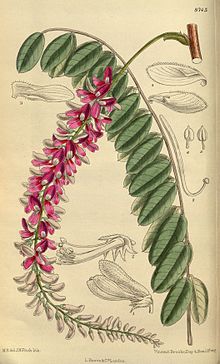When I'm not Quilting...
I took pause when writing that title but decided it was an accurate sentiment since I can't really be quilting all the time, just most of the time! I do have to step away from my studio occasionally to ponder what I'm working on. Some of my favorite ways to relax and clear my mind and are walking on the beach, riding the Harley, or in my kitchen. Reality check it's usually in the kitchen!
 |
| Reflections 23 x 28 c. Mary Walter Quilts | | | | | |
|
|
|
|
|
| | |
|
One of the best parts of cooking is discovering what is the freshest or coolest things I can find at the market. This week the fresh scent of peaches enticed me. Peaches are fickle and last about a day after they ripen. Just eating them is good but baking them was great! On a hot summer night this was the perfect way to end the day.
Summer Baked Peaches
2 ripe peaches cut in half and pitted
2 T. melted butter
2T. almond flour
2T. brown sugar
1/4 t. cinnamon
4 whole almonds
1/2 c. vanilla yogurt
Cinnamon for sprinkling
Combine melted butter, almond flour, brown sugar and cinnamon.
Put peaches cut side up in a 9 x 9 buttered baking dish. Spoon butter mixture evenly into peaches filling the center and cut side of the peach. Top each with an almond.
Bake at 350 for 25-30 minutes. Plate and drizzle each half with yogurt and sprinkle with a pinch of cinnamon.
Serves 2.
c. In Marys Kitchen
I hope you enjoy this easy way to use peaches and get some quilting done too!
Happy Quilting,
Mary





